Vitis Vinifera o Parra
Vitis vinifera, commonly known as the Grapevine, is a species of flowering plant in the grape family (Vitaceae) that is widely cultivated for its fruit, the grape. This deciduous vine is known for its climbing ability, lush green foliage, and its production of sweet, edible grapes. Vitis vinifera is the most common species used in viticulture for making wine, raisins, and fresh table grapes. The plant features tendrils that allow it to climb and spread, creating a dense canopy of large, lobed leaves.
- Botanical Name: Vitis vinifera
- Common Names: Grapevine, Parra
- Mature Height: 6-30 feet (1.8-9.1 meters) depending on support structure and variety
- Mature Spread: 6-12 feet (1-3.6 meters) can spread more with proper support
- Growth Rate: Fast
- Light Requirements: Full sun
- Soil Requirements: Well-draining soil; prefers sandy loam or loamy soil with a slightly acidic to neutral pH
- Water Needs: Moderate; requires regular watering, especially during dry periods
- Foliage: Deciduous; large, lobed leaves that turn yellow in the fall
- Flowers: Small, inconspicuous flowers that cluster together; typically not showy
- Fruit: Edible grapes; can be used fresh, dried (raisins), or fermented into wine
Uses:
- Fruit Production: Grapevines are primarily grown for their edible grapes, which can be eaten fresh, dried into raisins, or used to make wine and other grape-based products.
- Ornamental: Grapevines can be used decoratively on trellises, arbors, or pergolas to create shaded areas and add a lush, green aesthetic to outdoor spaces.
- Culinary: Grapes are used in a variety of culinary applications, from salads and desserts to jams and jellies.
Benefits:
- Nutritional Value: Grapes are rich in vitamins, antioxidants, and fiber, providing numerous health benefits.
- Aesthetic Appeal: Adds a beautiful, green, and lush element to gardens and outdoor spaces, especially when trained over arbors or trellises.
- Fruit Production: Provides a bountiful harvest of grapes, which can be enjoyed fresh, processed into various products, or used in culinary dishes.
- Shade and Coverage: Ideal for creating shaded areas in gardens or on patios, enhancing outdoor living spaces.
Vitis vinifera, or the Grapevine, is a versatile and valuable plant for both its aesthetic qualities and its practical uses. Whether used for its delicious fruit, as an ornamental feature, or for creating shaded areas, it offers numerous benefits for gardeners and homeowners.
Debes acceder para publicar una valoración.
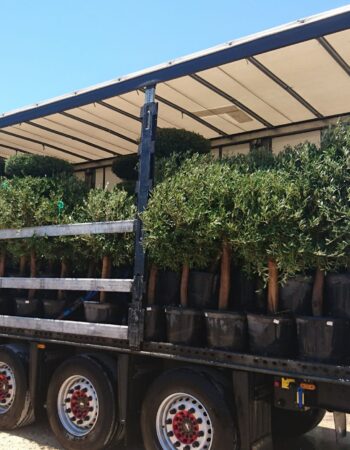
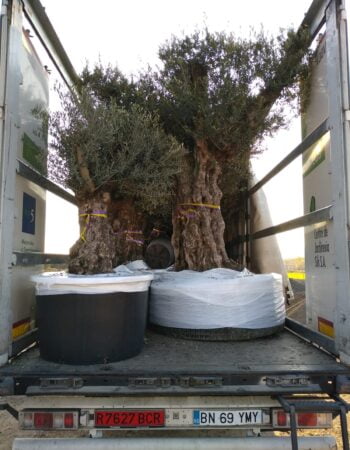
CAREFUL TREE TRANSPORTATION
At Treezom, we take great care in transporting your trees to ensure they arrive in perfect condition. Our expert team uses various methods, depending on the size and volume of the order, to provide safe and efficient delivery. Whether you're ordering a single tree or a bulk order, we guarantee high standards of handling and care throughout the process.
MULTIPLE SHIPPING METHODS
- Truck Delivery: Ideal for local or regional deliveries, ensuring a smooth and timely shipment of your trees directly to your location.
- Sea Containers (20’ or 40’): Perfect for larger orders or international shipping. Our sea containers are equipped to handle bulk shipments with optimal protection.
- Other Customized Solutions: Depending on the size and nature of your order, we can offer tailored shipping methods to meet your specific needs.
No matter the shipping method, we use specialized packaging and handling procedures to protect the trees during transit, ensuring they arrive healthy and ready for planting.
Below, you’ll find key tips tailored to this species’ requirements. Whether you’re new to plant care or have plenty of experience, these guidelines are here to support you in keeping your green companion healthy and vibrant.
- Planting:
- Choose a location with full sun to ensure optimal fruit production and vine growth.
- Plant in well-draining soil, ensuring that the site has good air circulation to reduce the risk of fungal diseases.
- Watering:
- Water regularly, especially during the growing season and dry periods. Ensure the soil remains consistently moist but not waterlogged.
- Reduce watering in the winter months when the plant is dormant.
- Pruning:
- Prune in late winter or early spring before new growth begins to shape the vine, remove dead or diseased wood, and encourage healthy fruiting.
- Pruning helps control the size of the vine and promotes better air circulation, which is essential for disease prevention.
- Fertilizing:
- Apply a balanced, slow-release fertilizer in early spring as new growth begins.
- Avoid over-fertilizing, which can lead to excessive foliage growth at the expense of fruit production.
- Pest and Disease Control:
- Monitor for pests such as aphids, spider mites, and grape leafhoppers.
- Control diseases like powdery mildew, downy mildew, and botrytis bunch rot through proper spacing, good air circulation, and the use of fungicides if necessary.
*This information is provided for informational purposes only. For more detailed care, please consult a professional Gardener or Arborist.


 SINGLE TREE
SINGLE TREE OUTDOOR POTS
OUTDOOR POTS



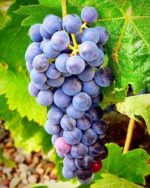
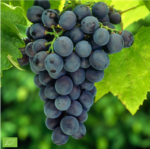
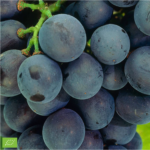
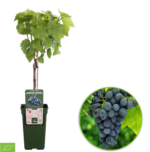


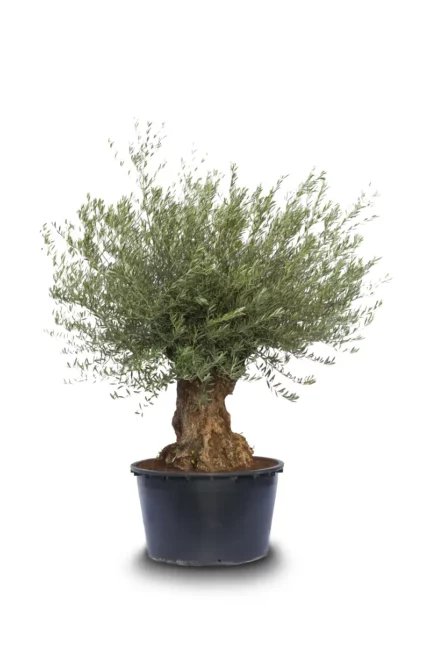

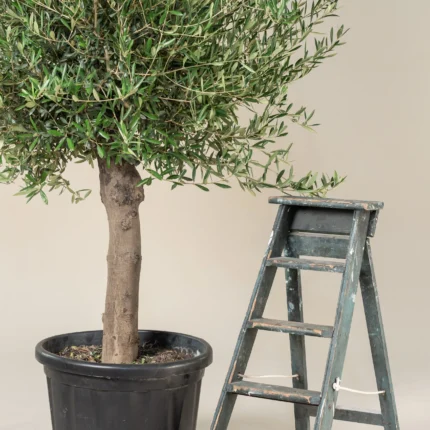






 Single Tree
Single Tree
Valoraciones
No hay valoraciones aún.